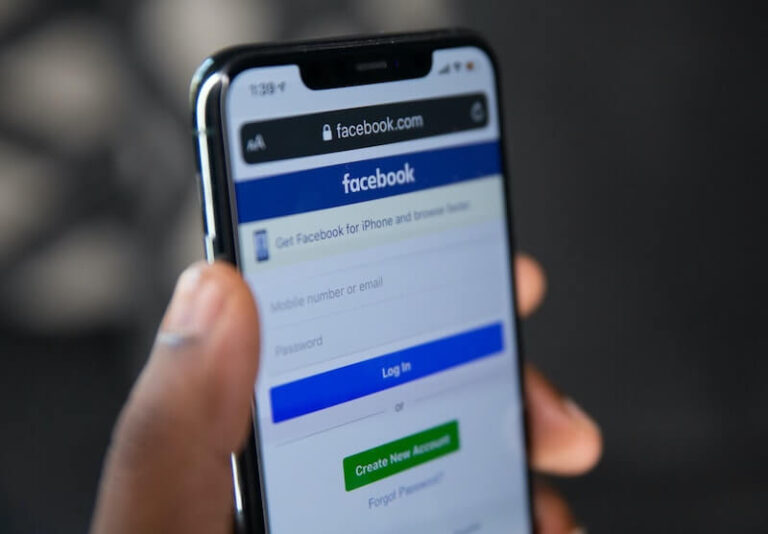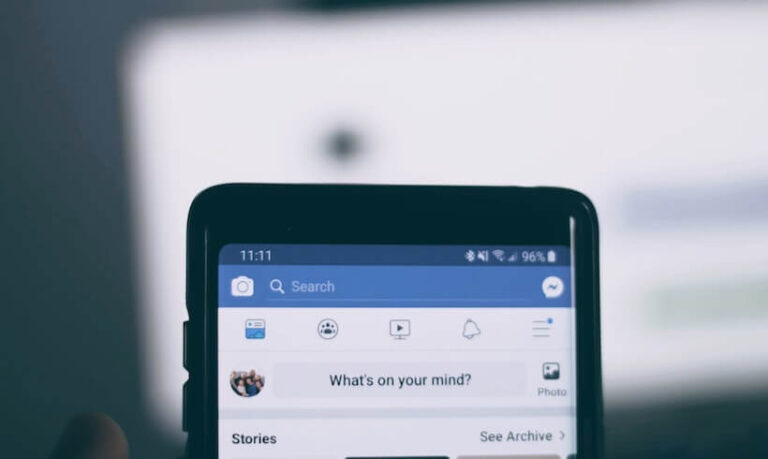Today’s technology has changed a lot from what it was ten years ago; you wouldn’t think it but there were no such things as ebooks, iPods, and MP3 players. LCD TVs were not even around at that time and people of today would call it ‘old generation’ to a lot of young people.
The Technology of Today
They weren’t even old enough to know half of the things that were out a decade ago but today everything has changed; technology is becoming more advanced and improved even and everyone knows that technology is going to make our lives so much better.
With today’s market expanding you can never know what is going to grace our presence next though there is surely going to be a lot more creative and advanced technology but there are always going to be people that don’t go for the new products on the market. They prefer to stick to the old trusted products out there but there is one thing today that you cannot afford to miss out on, in fact, there is always one thing that everyone has their hands on.
There are so many new things coming out on the market today and one which is becoming ever so popular on the market has to be the MP3s. iPods and MP3 players are something that everyone wants to get their hands on because you don’t have to lug around CDs or bulky CD players, they don’t have to carry boom boxes anymore, all they have to do is carry one small music player.
Everyone knows that MP3 players are today’s way of music, it’s all downloading and synchronizing them onto the digital music players. This is a new way of technology, it may not be new itself but this is the technology that is constantly improving, this kind of technology is something that is advancing every time a new version hits the market.
The Technology of the Future
The technological reality of the early 21st century is the proliferation of networks. The existence of several networks, that delivers essentially the same thing, is an inefficiency that will be improved in the future. There has been a convergence of content to the various networks which only serves to prove that they can, and must, be combined into one entity, the Internet.
The technology of the Internet was invented in 1969. It began as a method of connecting computers in a distributed network. This allowed the entire system to function even if several components are lost. Over the years since, an incredible number of new computers have been added to the original network. The Internet has become a large, distributed network that is located in virtually every location around the globe. Interestingly, the Internet was not the first network used.
Prior to the Internet, various other technologies were used to link computers together. Each brand of large computer had its own network. Generally, these could not converse with other types of computers. When the standard personal computer began to proliferate in the early 1980s, even more networks were imposed on users. Again, these different networks were not compatible with each other. Luckily, just as the situation was becoming intolerable, the Internet rose in prominence.
The Internet delivers practically any type of content to nearly any computer around the world. It is the culmination of networking that provides the common backbone of technology today. Unfortunately, there are still parallel network technologies that are resisting the move to the Internet. Cellular phone services, broadcast TV, cable TV, and more, are examples of such networks.
In the future, all networks that are not part of the Internet should be retired. The Internet is currently delivered by cable TV wires, DSL telephone wires, WI-FI radio transmissions, and various advanced delivery methods for specialized purposes. Each of the current alternate delivery mechanisms can be adjusted to enable them to carry the Internet.
The cellular telephone network is a good example of a parallel technology that can be adapted to carry the Internet. Already, most of the mobile devices that use cellular networks are capable of using the Internet directly. These devices, however, are built with dual technology so that they can take advantage of the Internet when they are connected to a suitable WI-FI source or to the cellular network if not.
In fact, many users of mobile devices use WI-FI services as much as possible to avoid excessive data usage on the cellular network. Some mobile phone users do not use cellular networks at all, opting to use WI-FI exclusively. Such users can load Internet data, shop online, view streaming videos, and even make phone calls. The last feature is made possible through services such as Skype and Google Phone which bridge the Internet to the established telephone network.
Telephone service is another network that can be adapted to use the Internet. While the installed technology is currently extensive, with much-specialized gear, the system is an inefficient combination of various technologies. Many telephones are digital devices that must adapt their signals to analog realities. Power usage of the standard telephone system is often far higher than equivalent digital networks.
Much like mobile phones, there are many hybrid devices now in use with the standard telephone system. Many callers have phones which are actually Internet devices. They are plugged into standard Internet outlets and they communicate with specialized equipment which bridges them to the existing telephone system. This is another example of inefficiency which can easily be eliminated.
Even broadcast television has finally adapted to new technology. For decades, all TV transmissions were analog signals which were received by large antennas. Modern televisions have been built with various converters that adapt the signal to digital ones which can be used by the TV display mechanism. In recent times, the entire obsolete TV transmission system has been converted to digital broadcast technology. This opens the door to the use of the Internet via the TV signal spectrum.
One technology that is rapidly expanding the Internet is WI-FI. This is simply a system that broadcasts Internet signals over a radio frequency. Many homes use WI-FI with laptops, netbooks, and mobile phones within the house. Increasingly, desktop computers use WI-FI as well. The technology offers the ability to receive web content on various devices, without wiring.
The speed of the technology is generally adequate for most users and the convenience for portable devices is practically essential. New desktop installations can find that wireless options are substantially cheaper than installing network wiring. In some older buildings, computer installations are faced with either expensive wiring installs or they must run wires in exposed channels. This increases the risk of damage and generally is not hygienic as dust tends to collect near cables.
In the coming years, WI-FI should continue to expand which will hasten the move from alternate networks to the Internet. This will result in less expensive communication charges for computer users. Already, many businesses have found that offering free WI-FI to customers is beneficial. Visits to the establishment increase.
Many stay longer, which is a benefit to restaurants. For those national chains that offer WI-FI, the traveling public knows to search for familiar restaurants or hotels where they know they can use their mobile devices for free. Technology is rapidly putting an end to the once common complaint that users can get free Internet with a $4.00 coffee but have to pay extra for a $400 hotel room.
With the widespread adoption of the Internet and the subsequent retirement of alternate networks, the day is coming when most people will have ready access to less expensive content. This will even allow for increases in speed. Without the need to adapt from digital to analog, and back, many telephone devices will run at full speed all of the time.
They will use less power as well. The established cellular telephone network will be used to deliver pure Internet to service subscribers. This will eliminate the need for bridge devices and hybrid mobile phones. The result is less expensive for users.









